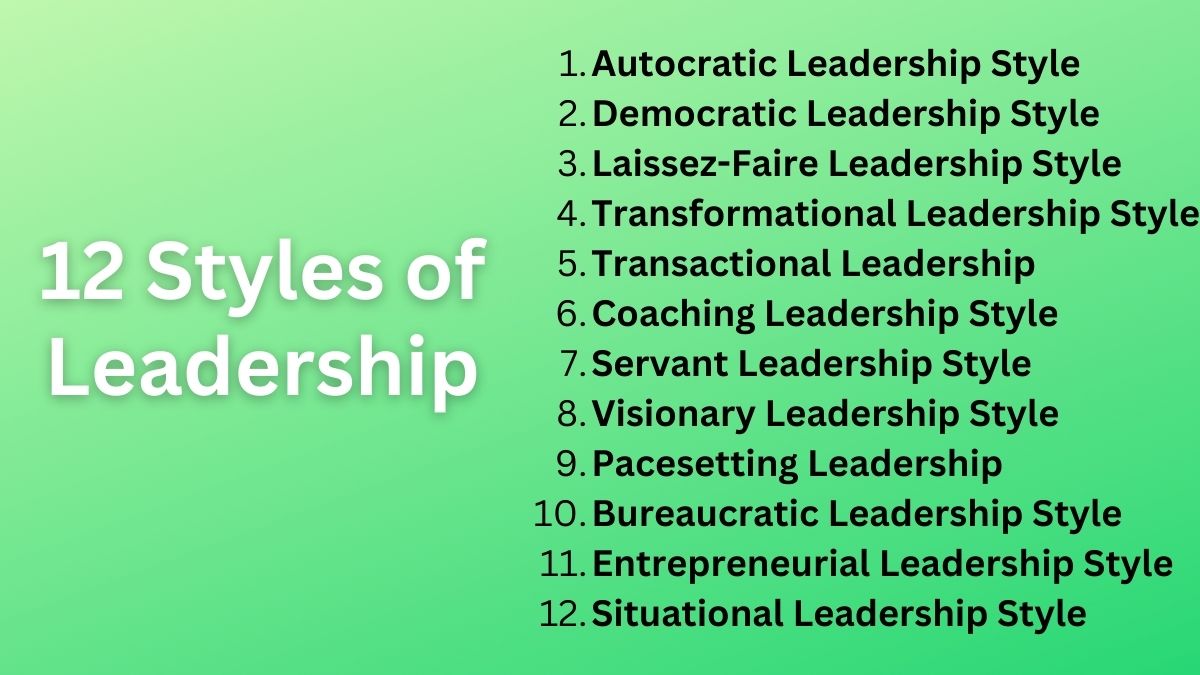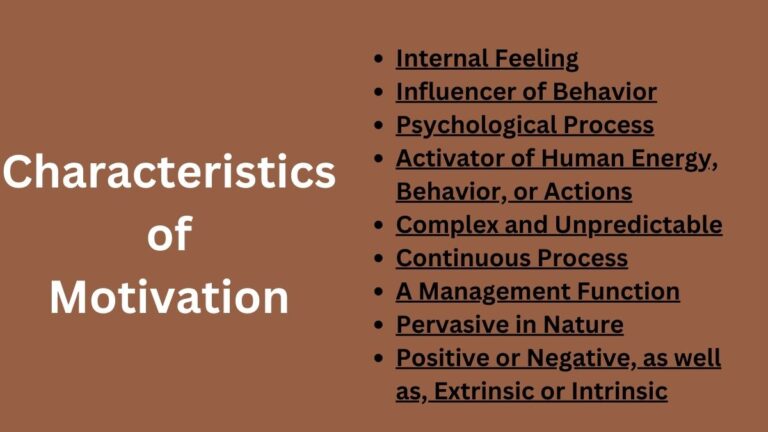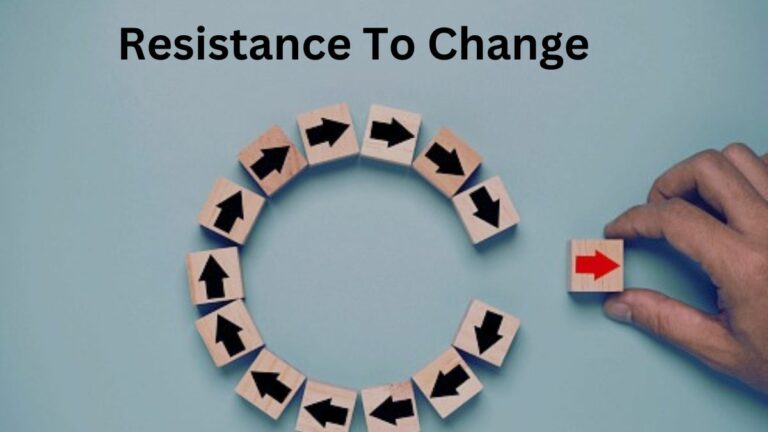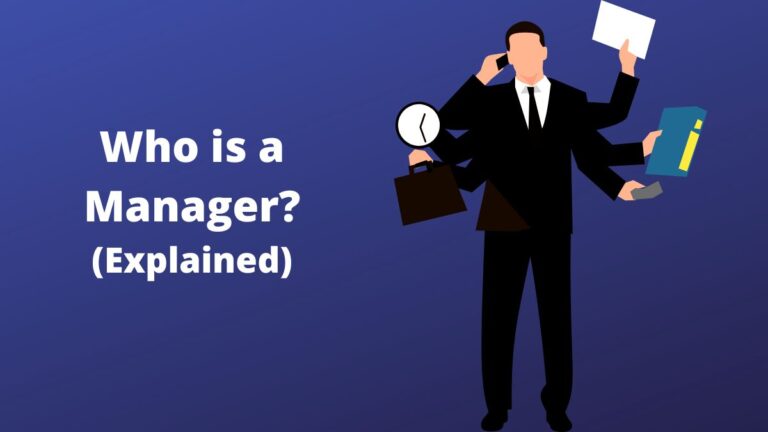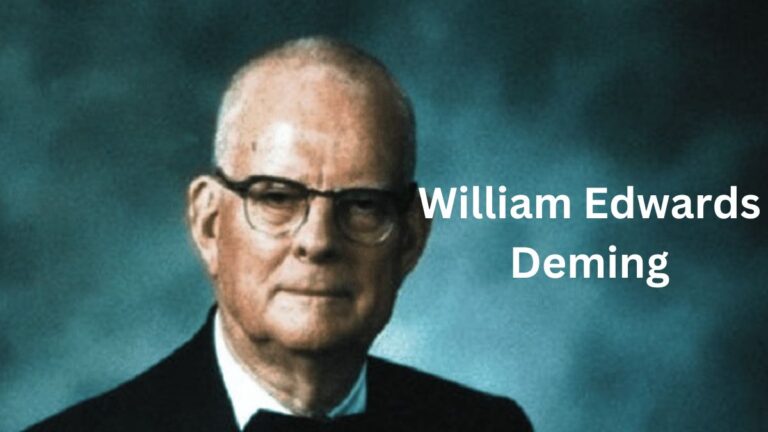12 Most Common Styles of Leadership with their Pros and Cons
What is Leadership Style?
There are many commonly used leadership styles like autocratic style, democratic style, delegative style, situational style of leadership, etc.
Let’s understand, what actually the leadership style is.
A leadership style is the leader’s manner and approach of directing, implementing plans, and motivating people involved in the organization. It is the sum total of explicit and implicit actions performed by the leader to maintain effectiveness and efficiency in his team or the company.
Leadership style is simply how a leader behaves while leading his followers. It is the behavioral pattern of leaders in directing the behavior of their followers. A leader’s leadership style not only affects the subordinates but also the whole structure of the organization.
Every leader is unique and has their own style to motivate, direct, and lead their team members. There are different ways leaders can lead their teams. Let’s understand the most common leadership styles with their pros/cons, identify your leadership style, and know the importance of other styles.
12 Styles of Leadership
Autocratic Leadership Style
Autocratic leadership also called authoritarian leadership style, is focused primarily on organizational efficiency and results. This leadership style is based on the centralized management philosophy.
Under autocratic leadership, the decision-making right is vested only in the top leader. The top leader makes all the decisions and employees are supposed to follow his instructions undoubtedly. As such, autocratic leaders provide clear expectations of subordinates as to what they should do, how, and when.
Pros and cons of autocratic leadership style:
- Pros:
- Since the leader is the only person to make a decision, a quick decision is possible.
- Autocratic style best works when unskilled employees love to work under a clear direction.
- Cons:
- Employees’ opinions are concerned at the level of “little to no” as such employees feel devalued.
- Poor coordination results in low commitment.
Democratic Leadership Style
Democratic leadership is also called participative leadership style in which employees are highly encouraged to participate in the decision-making process. Lewin’s study says participative leadership is the most effective leadership style.
The leader takes input from his followers in the decision, however, the right to the final say is vested in him. In addition, such participation engages employees in the process and they feel more motivated.
Pros and cons of the democratic leadership style:
- Pros:
- Since decisions are made through collaboration, more accurate decisions can be made.
- It facilitates succession planning.
- Maintains a healthy relationship between the leader and followers.
- Cons:
- The main drawback of the democratic leadership style is that it consumes more time while making the decision.
- There is a potential for conflict among group members.
Laissez-Faire Leadership Style
This leadership style is also commonly known as the delegative style of leadership. It is the hands-off style of leadership in which the leader grants his total authority and responsibility to his subordinates.
Delegative leaders have little to no guidance to their followers while they are making decisions, often, everything is left to the subordinates. This style best works when employees are highly skilled and competent enough to work as their own.
Pros and cons of Liassez-Faire leadership:
- Pros:
- It encourages creativity and innovation.
- Relief to the top leader.
- Since employees are given independence there is higher employee motivation and satisfaction.
- Cons:
- There might be conflicts between teams of followers or among followers.
- Employees may become confused as to what is expected of them as well as what their role is in achieving the organizational goals.
Transformational Leadership Style
Transformational leaders are those leaders who encourage, inspire, and motivate their followers to think innovatively and bring changes in the organization that will shape the great future of the organization. Transformational leadership is the best style among leadership styles.
Such leaders bring positive changes in the groups, they just do not commit to achieving organizational goals but also bring out the best in their subordinates, help them to realize their fullest potential, and even create transformational leaders in themselves.
Pros and cons of transformational leadership:
- Pros:
- Transformational leadership style is correlated with higher productivity, employee satisfaction, and low turnover.
- They bring creativity to their followers too because they are more creative.
- They are able to increase followers” self-efficiency, giving the group a “we can do it” spirit.
- Cons:
- This leadership style is best to achieve long-term goals but for short-term goals to achieve effectively this style might not be the best suited.
Transactional Leadership
The transactional leadership style is based on the philosophy of reward and punishment as motivation factors. It views leader-followers or let’s say manager-employees relationship as the relationship of transaction.
Here, whenever employees perform better they get rewarded and when they perform badly they are punished. As such, in this leadership style, roles are clearly defined, and everyone is aware of what will they get if they do certain tasks. Transactional leadership aims to increase efficiency and performance through great supervision and direction.
Pros and cons of transactional leadership:
- Pros:
- It is a suitable leadership style to achieve short-term organizational goals effectively and efficiently.
- Group members may feel motivated to perform better to receive monetary rewards.
- Cons:
- One of the disadvantages of transactional leadership is that it only encourages to think within the organization’s boundaries, they are not allowed to think out of the box, as such, this style does not promote innovation and creativity.
Coaching Leadership Style
In coaching leadership, a leader acts as a coach. The main goal of this leadership style is to motivate employees to do their best.
In this leadership, the coaching leaders identify their follower’s weaknesses and strengths, appreciate their strengths, and suggest how they can strengthen or reduce their weaknesses. Coaching leaders are very supportive and have a great sense of positive attitude. They always try to find the best in the people.
Advantages and disadvantages of coaching leadership:
- Pros:
- Coaching leadership is best suited when employees are recently hired.
- This leadership encourages the development of new skills, free-thinking, and empowerment, revisits company objectives, and fosters a confident company culture.
- Helps employees to strengthen their weak points and encourage them to do more than they usually do.
- Cons:
- From this leadership to get effective results, leaders should have good mentorship skills.
- It may require more time to train new as well as existing employees.
Servant Leadership Style
The servant leadership style is the most human style over other leadership styles. Servant leaders put the needs of their teams first because they know that happy employees are more productive and likely to consistently create high-quality work. They frequently garner greater levels of respect as a result of their emphasis on teamwork and employee pleasure.
- Pros:
- Results in greater employee satisfaction and performance.
- It is best suited in nonprofit organizations where they usually put first the people’s needs.
- Cons:
- You can not be sure that when employees are personally and professionally fulfilled, they always strive to do great work, and they might sometimes avoid their responsibilities.
Visionary Leadership Style
Visionary leadership is focused on the long-term goals of the organization. Visionary leaders are future thinkers, they create the vision of the organization and encourage collaboration and effective teamwork.
They create a clear road map for the organization and persuasively communicate to employees how should they walk on it. Their focus is on future growth, as such, they forecast the future possibilities and obstacles and outline the actions and plans to chase the future.
- Pros:
- Visionary leaders help the company to grow.
- Helps to realize long-term goals effectively.
- Visionary leadership is suitable when the organization is new, in the process of restructuring, or in a time of crisis.
- Cons:
- Visionary leaders usually focus on a single goal, as such, they might avoid the other goals that might support achieving that single goal.
- They focus only on long-term organizational goals and avoid the routine goals of the company.
Pacesetting Leadership
Pacesetting leadership is based on high standards and quality work. Pacesetting leaders laid out ambitious goals and standards and expect employees to do the same as they have laid out.
These leaders set highly aggressive yet clear goals and drive employees to achieve them. For this leadership style, highly motivated competent employees are required but this can lead to burnout due to the high energy demands and stress levels.
- Pros:
- Since pacesetting leaders set clear goals that make it easy for employees to know what is expected of them.
- When the goals and competency of employees match pacesetting leadership style brings the most satisfying results.
- Cons:
- For this leadership, leaders and followers or employees should be highly motivated and competent.
- Employees may feel stressed as they should complete the task as expected and within the deadline as the leader has outlined.
Bureaucratic Leadership Style
Bureaucratic leadership is based on highly formalized rules, procedures, and structures. In this leadership style, everyone is needed to follow the rules and procedures as it is stated.
This leadership style is based on six major principles – hierarchal structure, specialization, clearly defined rules & regulations, impersonal relationships, formal selection of employees, and career development.
Both autocratic and bureaucratic leadership styles are strict. Contrary to autocratic leadership, bureaucratic leaders may listen to employee advice and take it into consideration, but they may also reject it if it conflicts with business policy or previous practices.
- Pros:
- This leadership style is suitable for larger or traditional companies.
- This style is desirable to increase efficiency.
- Offers clear roles, responsibilities, and expectations from people involved in the organization.
- Cons:
- Highly strict rules might demotivate skilled people who like to work on their own.
- Since everything goes through a chain of command it may make it difficult to respond to the change.
Entrepreneurial Leadership Style
Entrepreneurial leadership is based on the attitude that leaders are self-employed. As entrepreneurs develop business ideas, business models, and business procedures, the leaders also develop visions of the business. During their business, entrepreneurs take the risk of failure, similarly, leaders should also take the risk.
Entrepreneurial leaders serve multiple roles as they are not only involved in direct day-to-day responsibilities but also in creating business models and developing new business dimensions, growth, and diversity of the business.
- Advantages:
- Since entrepreneurs are innovative, these leaders also create a culture of innovation and creativity in the organization.
- Entrepreneurial leaders act as role models and serve as figureheads for their team members and the entire organization.
- Disadvantages:
- As entrepreneurial leaders bring innovation and change to the company, there is also a possibility that the company may face new challenges that it has not faced in the past.
Situational Leadership Style
In our list of 12 styles of leadership, the situational leadership style is the last. As its name suggests, situational leadership means adopting leadership styles based on the situation.
Related: Situational Theory of Management
It advocates that leadership is contingent upon the situation. Says the appropriateness of a leader varies from situation to situation. A leader should be able to change or adopt a leadership style based on the situation, followers’ competency, and goals of the organization.
Fiedler’s contingency model, Robert’s House path-goal theory, and Paul Hersey and Kenneth Blanchard’s theory are important leadership theories to understand the situational style of leadership.
- Advantages:
- It is the best fit in every situation, the only thing required is the leader’s ability to understand the situation and adopt a correct leadership style.
- It is simple to understand and easy to use.
- This leadership approach inspires workers and prevents them from being forced to perform tasks that are inappropriate for the circumstances.
- Disadvantages:
- Leaders should be competent enough to analyze the situation and choose the right leadership style, if they choose the inappropriate style the performance won’t be satisfactory.
- Teams may experience confusion and stress if a leader’s style changes frequently because they won’t know what they are expected to do.
Leadership Styles: Conclusion
Every leadership style has its own advantages and disadvantages. Choose the right leadership style that aligns with your ability to execute and that ensures the achievement of your company’s goals. Moreover, no leadership is best in every situation, so choose one that matches your situation and needs.
Read Next: 33 Qualities of a Good Leader
Sajan Kushmi is a content writer with more than 4 years of experience. He holds BIM Degree. He write on the topics related to Management, Marketing, and Entrepreneurship.
